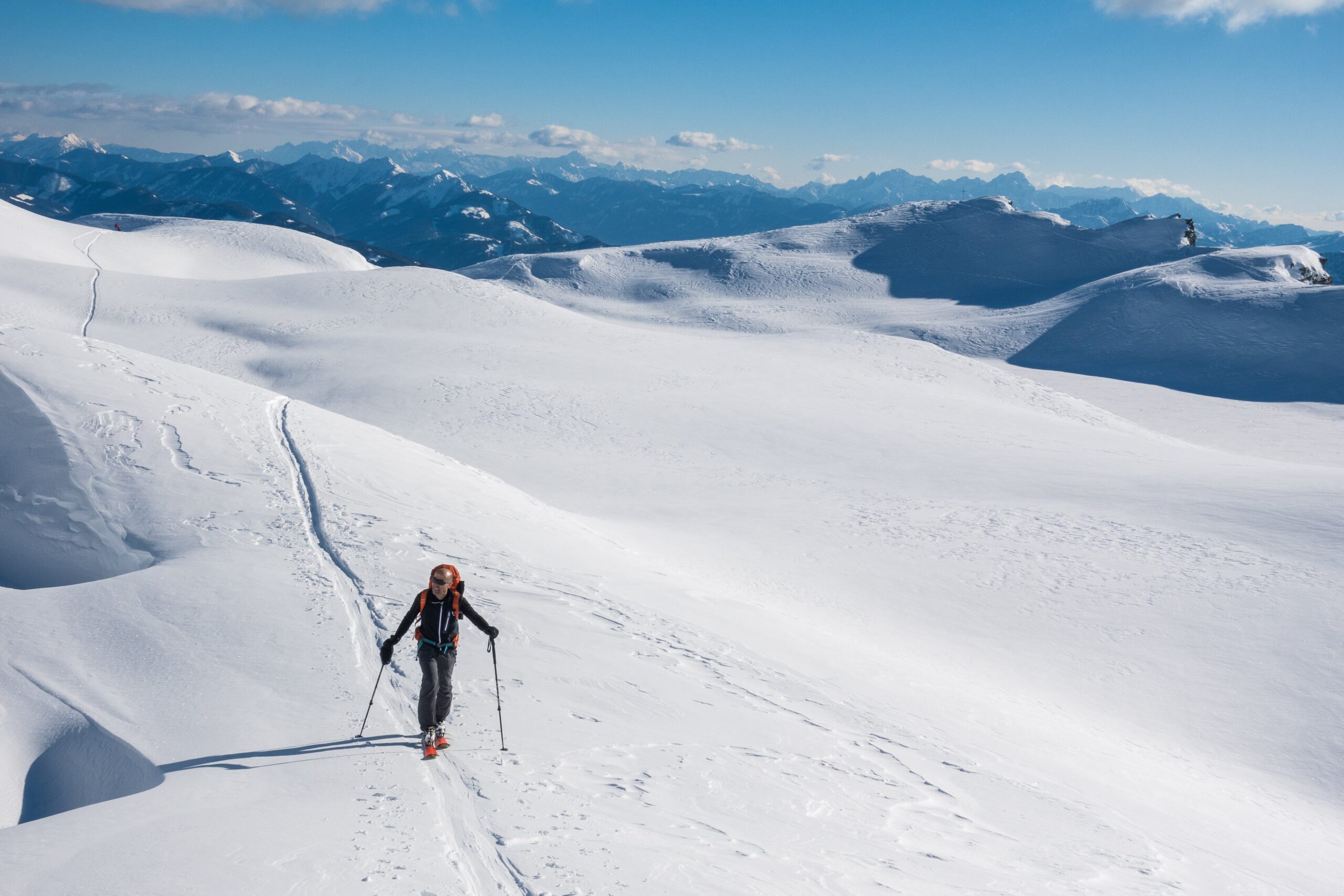Trekking Tours

Trekking tours involve hiking and walking through natural landscapes, often over extended distances and varying terrains. These tours cater to outdoor enthusiasts who seek adventure, exploration, and a closer connection to nature. Here are key aspects of trekking tours:
Destinations:
Trekking tours can take place in diverse environments, including mountains, forests, deserts, and coastal areas. Popular trekking destinations include the Himalayas, the Andes, the Alps, and various national parks worldwide.
Duration and Difficulty:
Trekking tours come in various forms, ranging from short day hikes to multi-day treks and extended expeditions. The difficulty level can vary, with routes suitable for beginners to challenging trails for experienced trekkers.
Guided and Self-Guided Treks:
Participants can choose between guided and self-guided trekking tours. Guided treks often include experienced local guides who provide navigation, share insights about the surroundings, and ensure safety. Self-guided treks offer more independence but require thorough preparation.
Camping and Accommodations:
Multi-day trekking tours often involve camping along the route or staying in lodges, teahouses, or mountain huts. The accommodation options depend on the trekking destination and route.
Equipment:
Trekkers need specific equipment such as proper hiking boots, backpacks, trekking poles, weather-appropriate clothing, and, for multi-day treks, camping gear. The type of equipment required depends on the trek’s difficulty and duration.
Altitude Considerations:
Some trekking tours, especially in mountainous regions, involve changes in altitude. Altitude sickness can be a concern, so acclimatization strategies are often built into the itinerary, allowing trekkers to adjust gradually.
Scenic Views and Nature:
Trekking tours offer participants the opportunity to enjoy breathtaking scenic views and immerse themselves in nature. Trekkers can experience diverse landscapes, encounter wildlife, and appreciate the beauty of remote and pristine environments.
Cultural Interaction:
In many trekking destinations, especially in regions with indigenous communities, participants have the chance to interact with local cultures, experience traditional lifestyles, and learn about the customs of the people living in the area.
Responsible Trekking:
Responsible trekking involves minimizing environmental impact, respecting local communities, and following the principles of Leave No Trace. Trekkers are encouraged to tread lightly, stay on marked trails, and contribute to local conservation efforts.
Fitness Level:
Trekking tours can vary in terms of physical demand. Some routes are suitable for beginners, while others require a higher level of fitness. It’s essential to choose a trek that matches your fitness level and experience.
Before embarking on a trekking tour, it’s crucial to research the chosen destination, understand the difficulty of the trek, and be adequately prepared in terms of physical fitness and necessary gear. Choosing a reputable tour operator, especially for more challenging treks, is also advisable.
